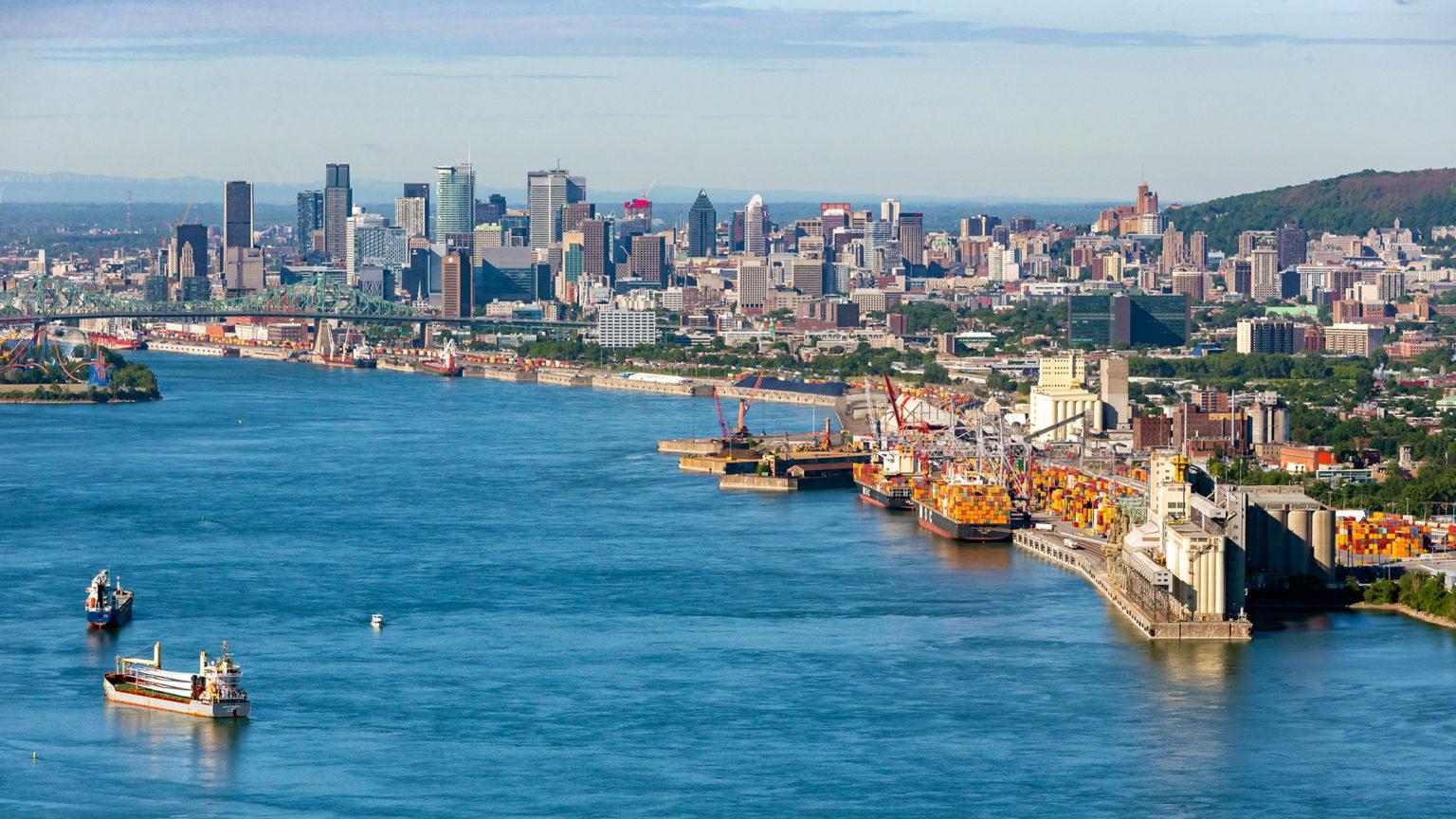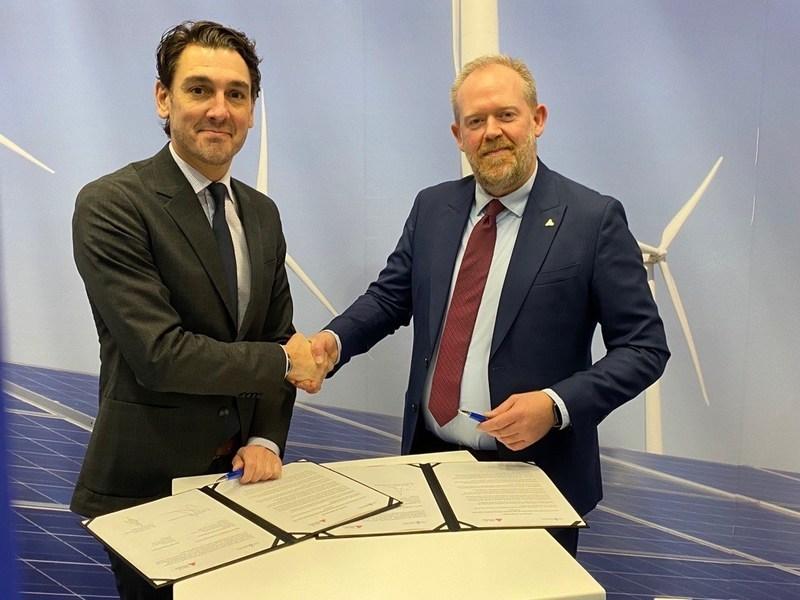
Agreement makes it possible to build on respective strengths to decarbonize not only our industry, but also our respective economies
The Montreal Port Authority (MPA) is actively pursuing its joint commitment with the Antwerp Port Authority (APA) to support the creation of the first North Atlantic green shipping corridor.
“The St. Lawrence port and marine ecosystem is well positioned to use, distribute and export renewable fuels such as hydrogen and methanol produced using Quebec hydropower. Our green energies can serve vessels and international markets alike,” says MPA President and CEO Martin Imbleau. “This agreement makes it possible for us to build on our respective strengths to decarbonize not only our industry, but also our respective economies.”
Signed Nov. 4 at the 26th Conference of Parties (COP26) on climate change, the agreement outlines the intention of each port to mobilize its respective public- and private-sector partners to identify, assess, develop and/or adopt shared or complementary infrastructures and other solutions to establish an initially low- and ultimately zero-carbon emission route.

As signatories to the Call to Action for Shipping Decarbonization, the ports seek to contribute to the international objectives to mitigate climate change, while creating economic opportunities for their respective markets.
As the gateway of choice for European markets and a major transshipment port, the Port of Antwerp is the largest trading partner of the Port of Montreal. A total of 15% of the containerized tonnage at the Port of Montreal arrives from or goes to the Port of Antwerp.
One of the world’s largest bunkering ports, the Port of Antwerp is keen to play a pioneering role in the integration of carbon-neutral fuels into the bunkering market. “Together with the Port of Montreal, we are working on the transition to a multi-fuel port with renewable fuels that are better for the climate and the quality of air,” says APA President and CEO Jacques Vandermeiren.
Both ports have collaborated on projects involving trade, sustainable development, energy transition, and other innovation since 2013. They officially renewed their collaboration in 2016 for another decade. The new corridor initiative focuses primarily on using Quebec’s renewable hydroelectricity to foster the industry’s direct and indirect electrification, as well as the production of green hydrogen, green ethanol and green methanol.
The Port of Montreal hopes to build on its already existing network of partners that have liquid bulk production and distribution facilities at or near the port in Montreal’s East End. The port says that it has proven success in the past with collaborations on projects such as the installation of plug-in shore-power for wintering and cruise ships at the port in 2017.
Such berth-side hydroelectricity could facilitate the development of green hydrogen or green methanol as an indirect shore supply of electrical power for onboard uses. To explore this possibility, the MPA signed a development agreement in June with Greenfield Global, which specializes in creating biofuels. The agreement aims to identify, conceive and implement innovative green energy solutions, among which green hydrogen, ethanol and methanol are at the forefront.
These activities build upon several actions the Port of Montreal has already taken to significantly reduce its GHG emissions, including rolling out a fleet of fully hybrid service vehicles, a liquefied natural gas (LNG) refuelling solution and next-generation low-GHG emitting locomotives. These various initiatives and those of its partners have enabled the MPA to reduce GHG emissions specific to its own activities by 25% since 2007 and to lower the intensity of GHG emissions by 22% between 2010 and 2017 for all activities on Port territory in Montreal and Contrecœur.